Living off the land, Maori style
TAUPO (New Zealand) — Nine hundred metres above sea level on 2,225 hectares of bushland in Kaimanawa in Taupo, 280km away from Auckland on New Zealand’s North Island, there is no one but us.
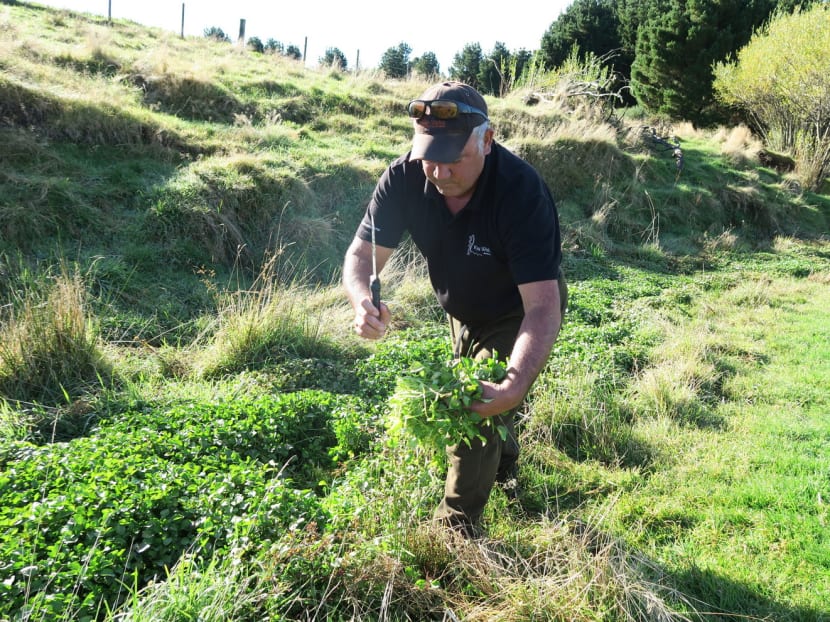
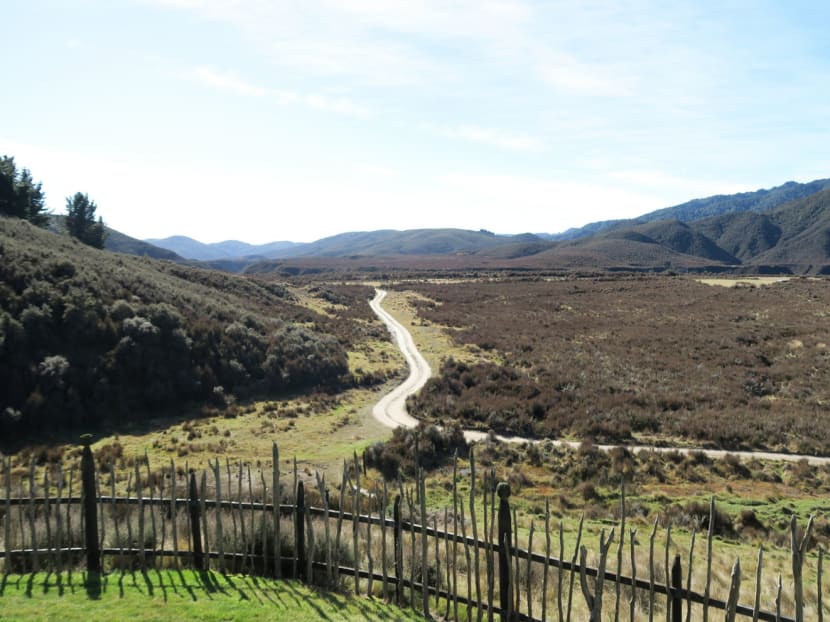
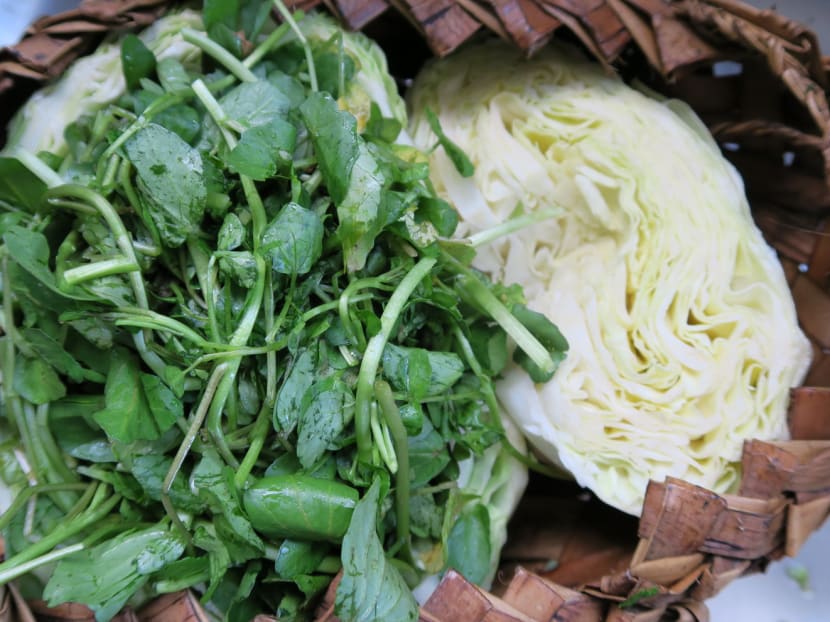
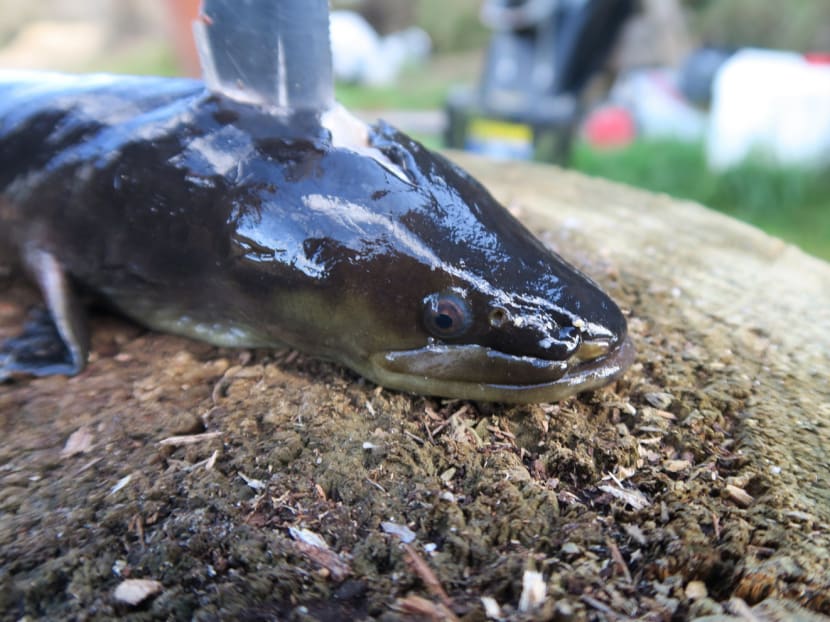
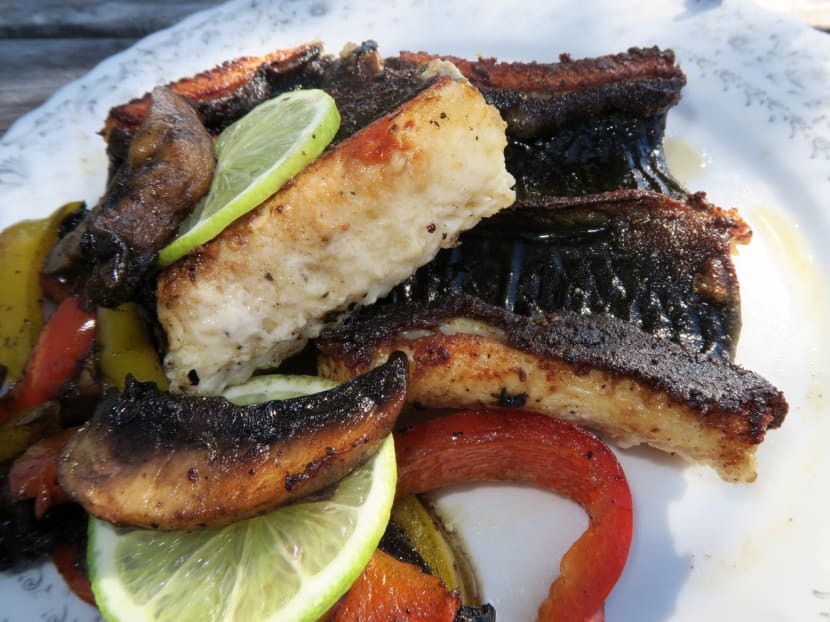
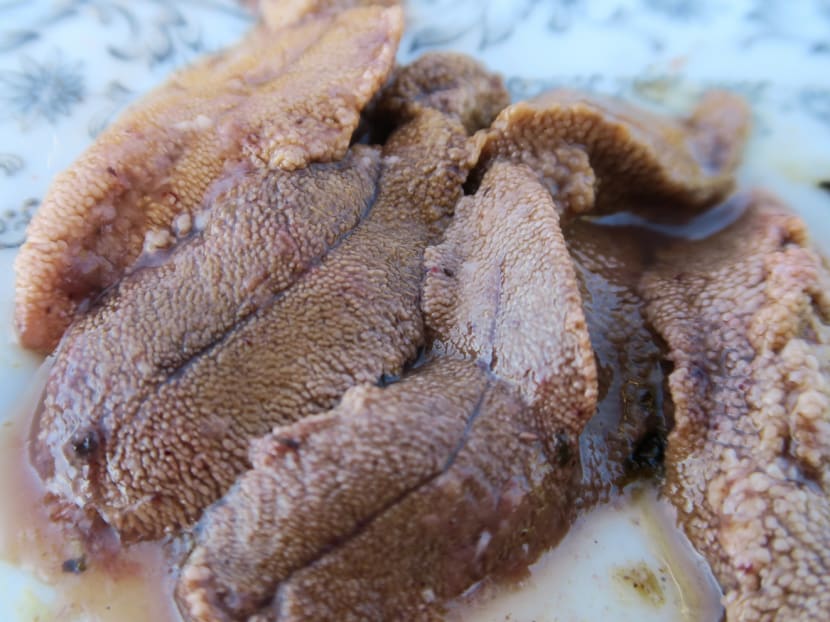
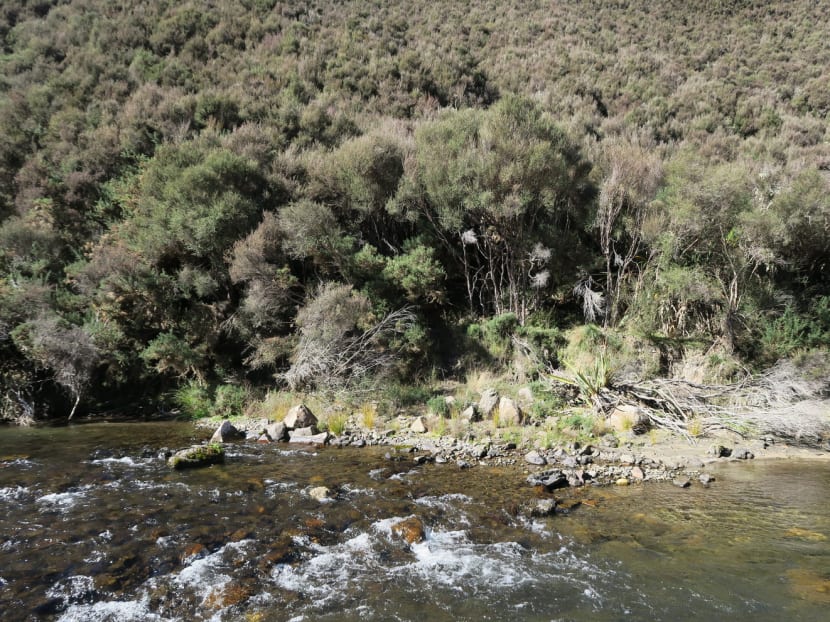
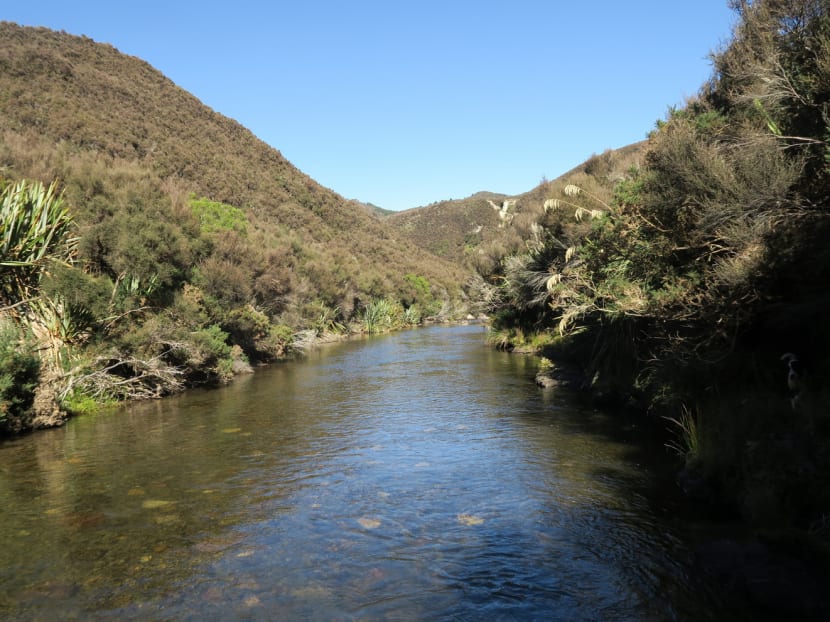
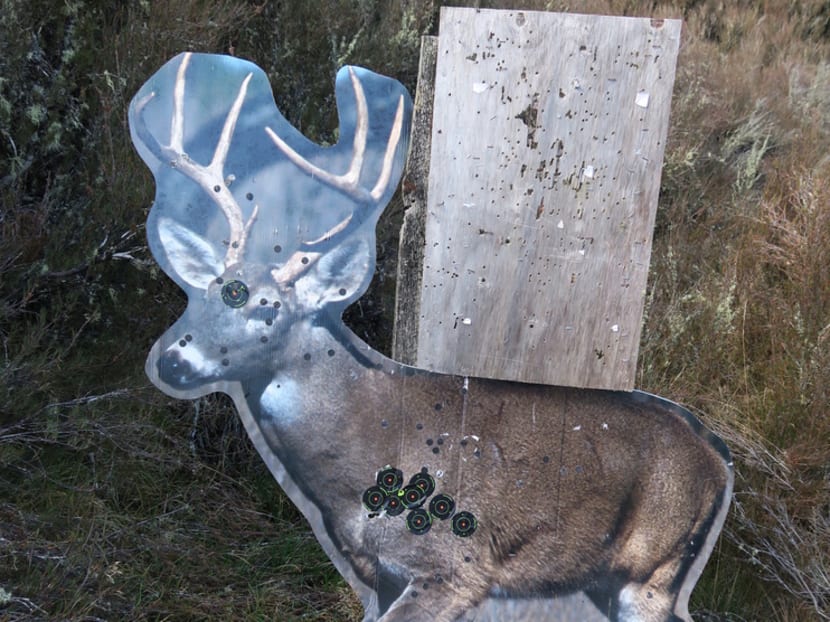
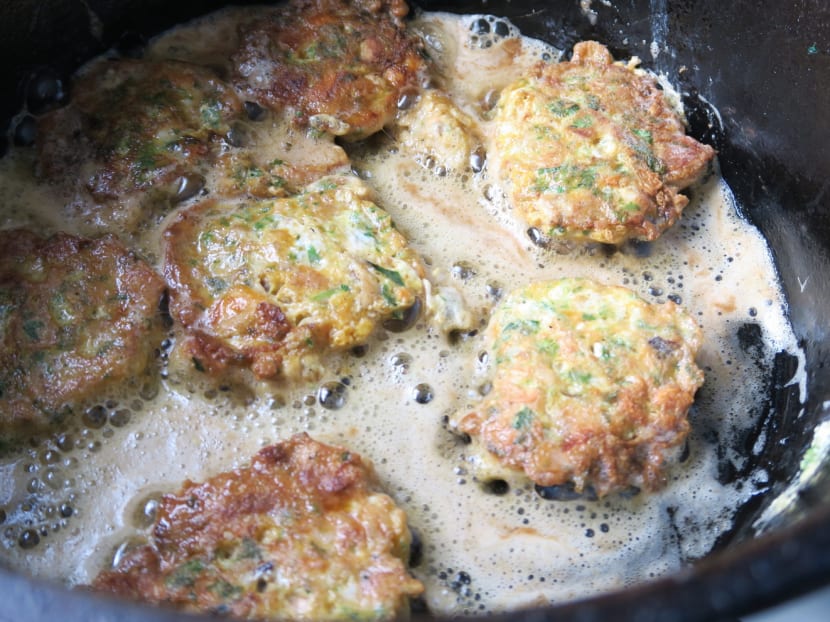
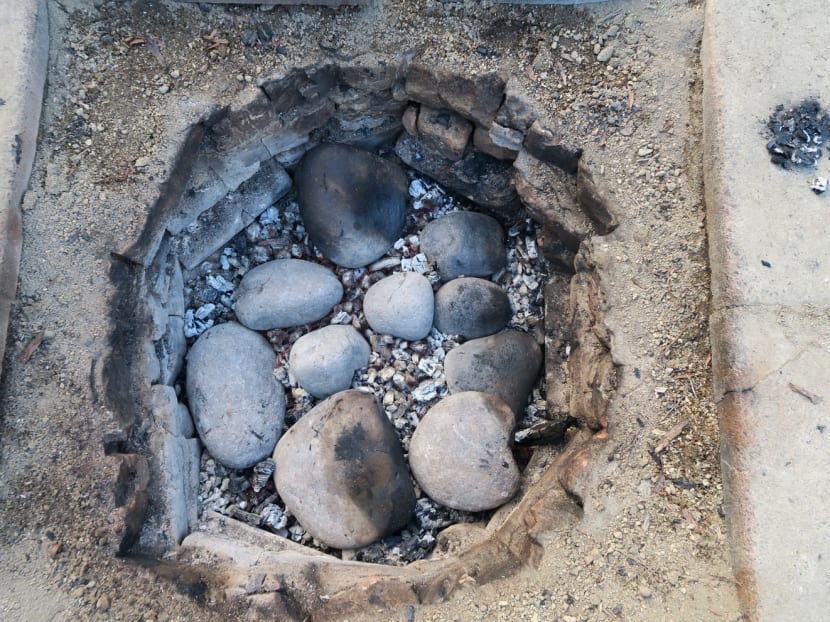
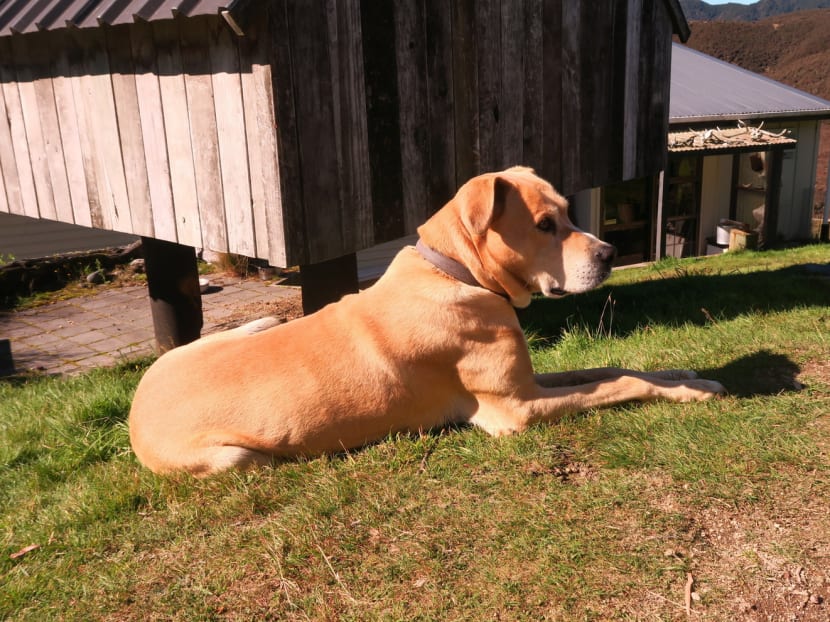
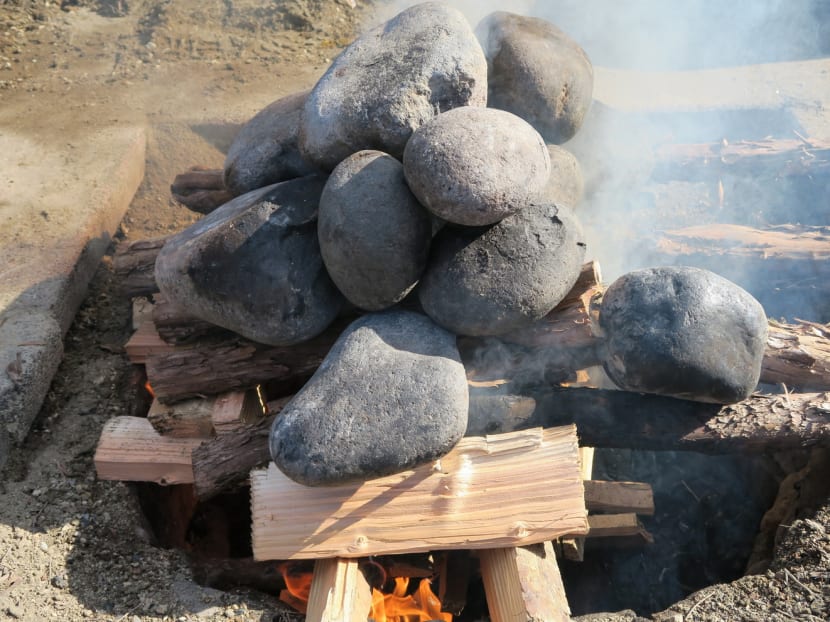
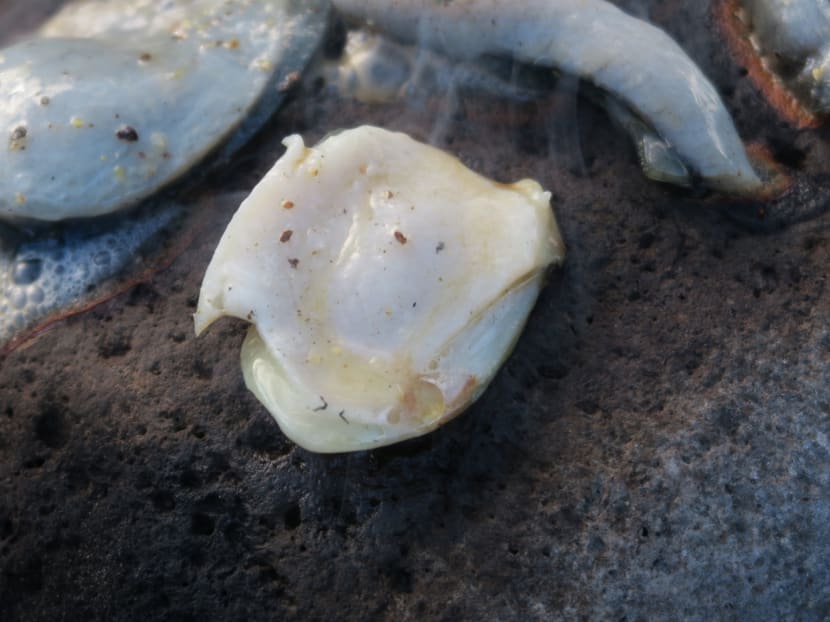

TAUPO (New Zealand) — Nine hundred metres above sea level on 2,225 hectares of bushland in Kaimanawa in Taupo, 280km away from Auckland on New Zealand’s North Island, there is no one but us.
“First, we say a prayer,” said Tom Loughlin, my host and guide, as we stand by his four-wheel-drive outside his fenced pa (settlement), while a gentle breeze blows through the grass.
Loughlin, Tuwharetoa Maori of mixed Irish descent, has sole guardianship of this tribal land, giving him the right to forage from it. Five generations of his family have hunted on these lands.
Now, the former chef runs Kai Waho Experience, which offers experiences according to the Maori way of foraging for food through fishing, trapping and hunting, and then cooking. I found Loughlin through Ahipara, a bespoke travel agency in New Zealand that specialises in experiences that connect you to the country.
Although comfortable, Loughlin’s rustic lodge would not be considered luxurious, yet many have returned to it year after year, seduced by the priceless experience of foraging with a man of the land. The dun-coloured landscape is breathtakingly beautiful with eucalyptus trees, manuka shrubs and deep gullies where deer, hare and wild boars live.
At dawn and dusk, the temperature drops to single digits, and the scenery shifts with the sun to look surrealistically beautiful, with a stillness broken only by the occasional call from a buck looking for a doe to mate with.
On Loughlin’s pa, you respect his rules and customs, especially when his warm demeanour changes from genial to serious as he tells stories of his ancestors, says his karakia (short prayers of thanks) to them and nature, and performs the hongi, a traditional Maori greeting by pressing forehead to forehead and nose to nose and deep breathing — a spiritual exchange of breath and energy.
Respect, or mana, is a very important value in Maori culture. In the days of yore, tribes went to war to protect their mana. It extends from respect for people to nature. The synergy between nature and man is one that the Maori have believed since ancient times. Manaakitia means respect towards nature, while kaitiakitanga encompasses protection as well as gratitude for the sustenance the natural environment provides them, their ancestors and descendants with, and comes with respect for the natural environment.
The Maori started the hunting tradition in New Zealand when they arrived on their long canoes more than 800 years ago. They would fish and dive for seafood, trap native birds (of which there were not that many edible species to begin with, leading to the extinction of quite a few) and forage for seeds and plants.
When the white settlers arrived in the 19th century, they brought species which were not endemic to the country, such as cattle and deer. With no natural predators, some of these species, which were released into the wild, flourished, feeding on indigenous plants, endangering their survival.
Therefore, foraging on land, fishing and hunting within conscionable limits — and respecting the breeding and nursing seasons of various species — are permitted, but within strict laws to ensure sustainability. For example, a lobster can only be eaten if its tail is of a minimum length.
Loughlin procured seafood from a fellow Maori who has picked mussels and abalone known as paua in Maori, and sea urchins in the nearby Coromandel Peninsula. He taught me to make mussel fritters for breakfast the next day, and we grilled the abalone on heated volcanic stones.
We then headed out to cut wild watercress, and Loughlin taught me to trap eels. By the Pikia River, we found two large eels in a trap that Loughlin had laid with fish bait a few days earlier. One, Loughlin estimated to be an “80-year-old grandma”, which we set free. The other was a young fellow, which Loughlin identified by the shape of the head and its size. I had to work for my dinner by taking the eels out of the trap — a much messier affair than I had anticipated.
After killing the eel back at the whare (lone house), we left it to dry while he taught me to prepare the hangi, a form of underground pressure cooking using volcanic stones. Loughlin wrapped a marinated cut of lamb and vegetables in cloth before placing them in an aluminium basin buried in a pit covered with burning coals to cook for six hours.
We made a strong fire by piling an assortment of wood to heat the stones for the hangi. All the while, Loughlin made sure I was never without food, introducing me to the concept of manaakitanga, or hospitality.
As we waited for the food to cook, Loughlin taught me to shoot with a 60-year-old Czech-made BRNO ZG47 Calibre 270 rifle, using 130gm bullets that whizz through the air at 3,100 feet per second. I was apprehensive at first, but Loughlin explained that hunting is necessary in New Zealand to keep animal populations in check and to protect farmlands.
Whatever hunters cannot eat is distributed at the marae — a Maori community house where people gather.
We practised to make sure I was a good enough shot so the animal was taken down as painlessly and quickly as possible. The recoil from firing a rifle at a practice target of cardboard deer proved addictive.
We spent an hour with binoculars, spotting a lone buck in the distance, but the sunset caught up with us. We headed back to the whare, where the food in the hangi was ready. Another karakia followed before we ate.
As a city girl, foraging is novel and exciting. It is prudent to use a guide who knows the land well, and is trained in first aid and survival skills.
In New Zealand, I discovered that I am actually quite a good shot (according to Loughlin), have hunter instincts (I get a buzz from finding live food) and enjoyed eating off the land. These are good enough reasons for me to return.
The writer’s trip was made possible by Air New Zealand and Ahipara. For more information, visit www.ahipara.com, www.airnewzealand.com





